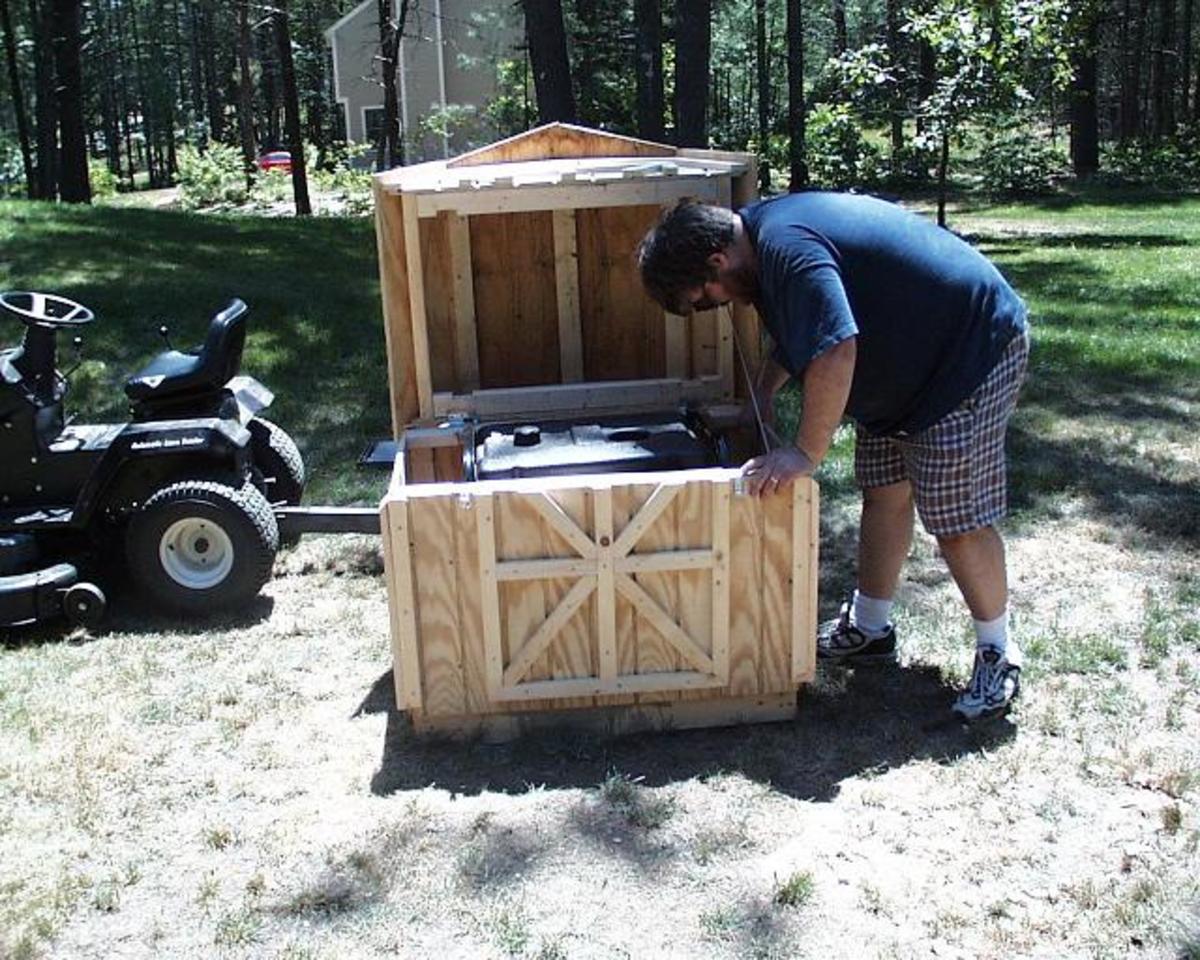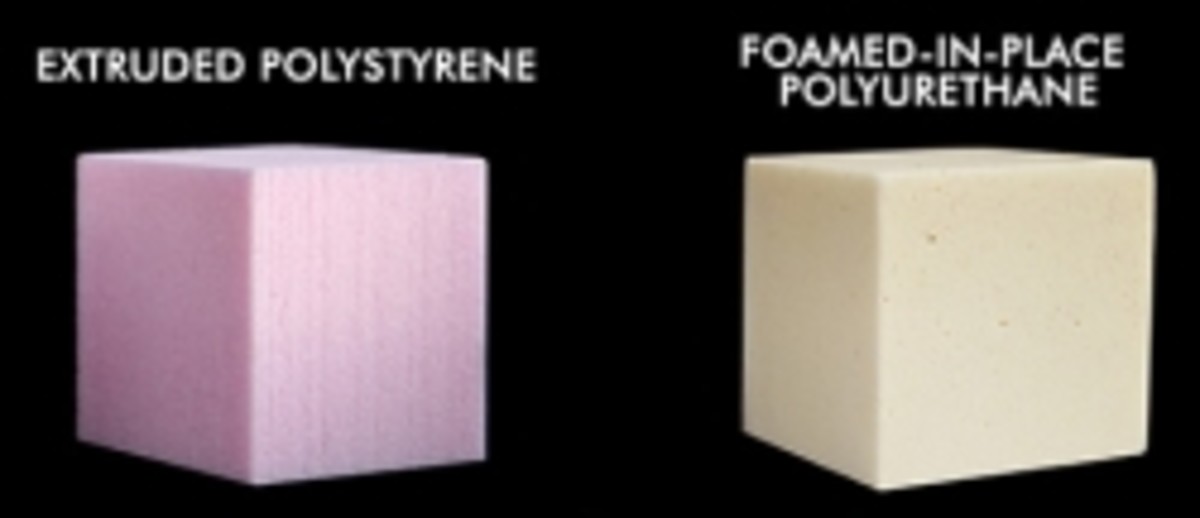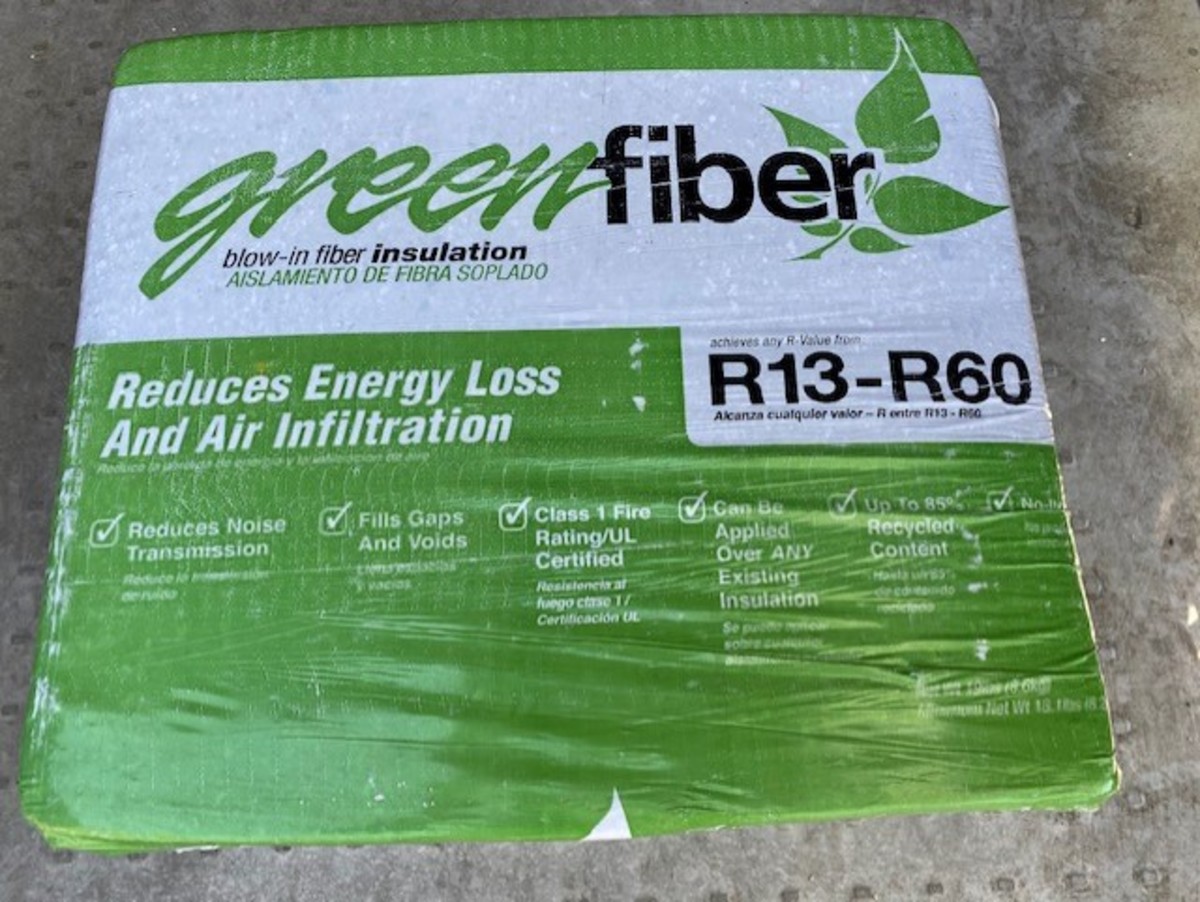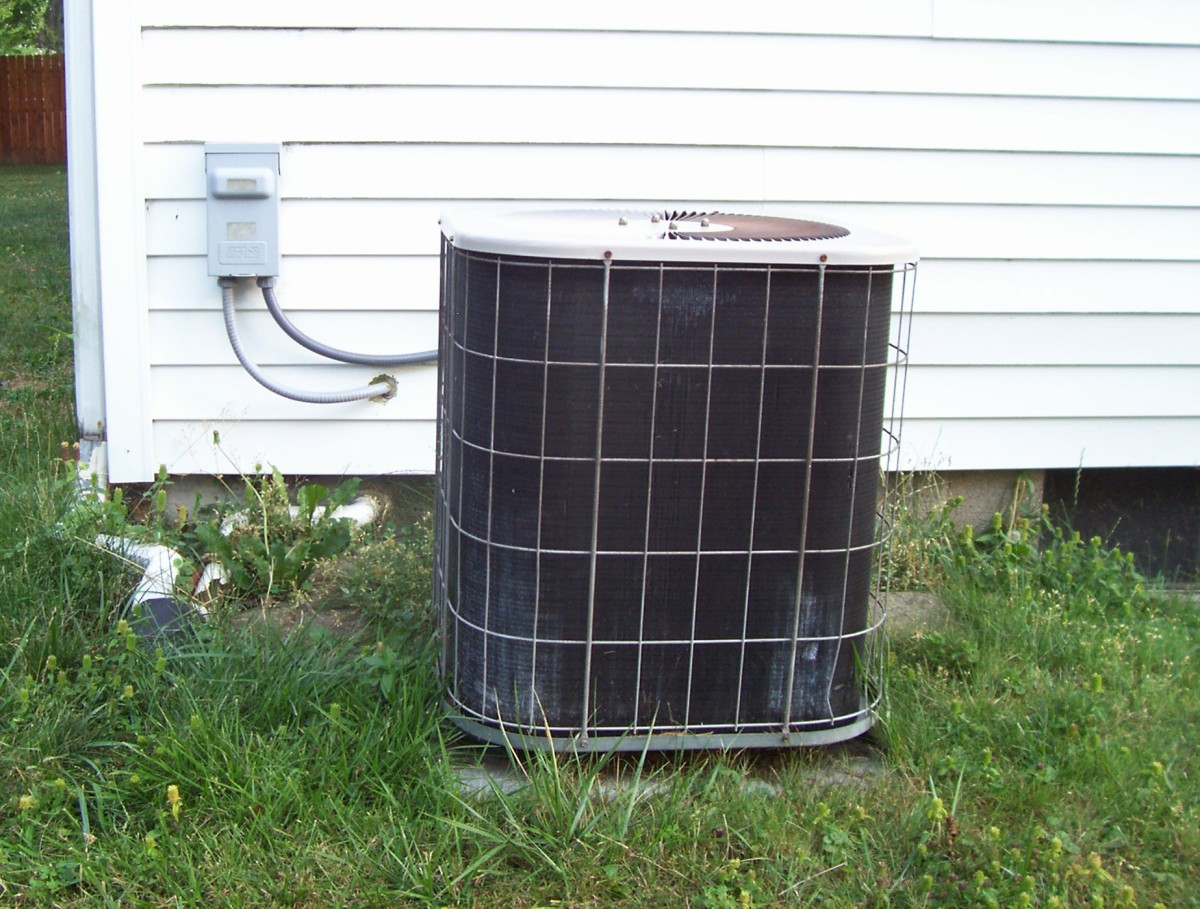Why is My Ceiling Wet?
I received call from a friend of mine in a panic the about a year ago today. "My ceiling is dripping!" When I got there, there was a bucket under a steady drip coming from the middle of the ceiling. I went and checked the roof. That was OK. Checking the plumbing and chimney stacks. They were fine too. Then I poked my head up into the attic. It was like a tropical rain forest it was so hot. He had almost 2 feet of blown fiberglass insulation installed so he shouldn't have had that much thermal transfer. Since I couldn't be sure, I called a local contractor with a thermal imaging camera to see if there was something going on we couldn't see. Sure enough when we looked at the attic with the thermal imaging camera, the heat from the house was escaping right into the attic. Even with soffit and ridge ventilation, it wasn't enough to allow the heat to escape. This ended up being a long weekend of evacuating out ALL of the fiberglass insulation, replacing some drywall, and blowing in 15 inches of cellulose insulation. When I called him the other day to wish him a merry Christmas, I asked how his attic was. He laughed and said, "I don't understand what you guys did, but it worked."
The problem he was having is thermal transference which is simply energy (hot or cold) transferring from through a material. In this case, it the warm air from the house was transferring into and through the fiberglass insulation. This combined with the cold attic air and immediately formed condensation causing damage. So why did the loose fill fiberglass not insulate the heat from escaping? Isn't that how it is supposed to work?
The problem with fiberglass is that it is glass spun fibers. Put your hand on a window in the winter. The glass is cold. Glass is a great conductor meaning it absorbs energy well. In this case, the warm air was being absorbed faster than the cold air and the two were drastically different temperatures when they collided causing moisture issues. This is because fiberglass is not an insulator. The air pocket it creates are the insulator. This is the main reason it does not work well in attics, because it acts as more of a filter that and insulator.
If you have moisture issues and have bown in fiberglass in your attic, you should consult a knowledgable insulator with a thermal imaging camera to confirm your situation. Hoepfully, you won't have the same experience as my friend.








